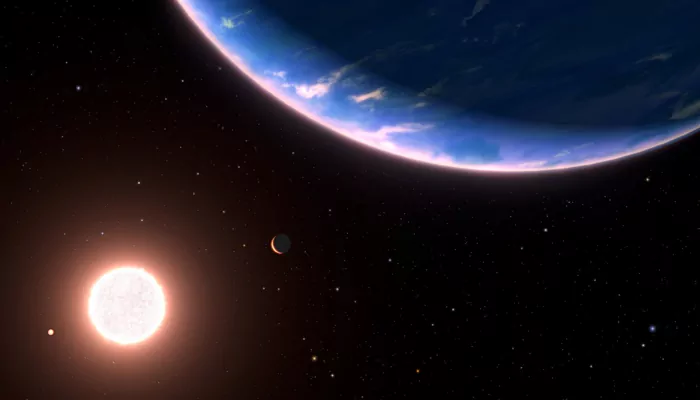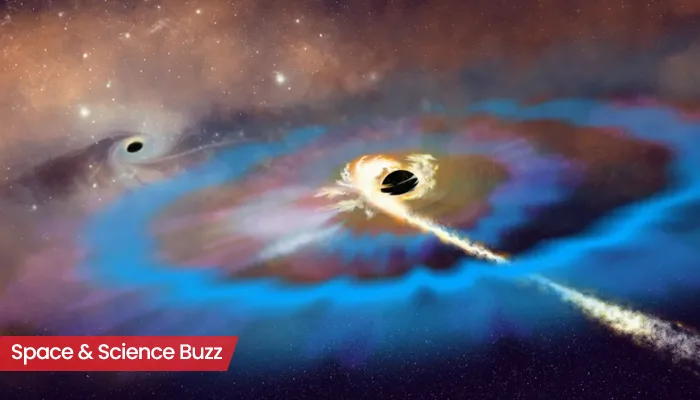
Here are today’s most important updates from the realm of Science and Space.
Skip the Jog, Pop the Pill: New Research Promises Marathon Benefits Without the Effort
Scientists at Denmark have developed a new revolutionary pill that can provide the similar benefits of strenuous exercise without evn moving. The pill, named LaKe, has shown promising results in preclinical study by flushing out toxins and strengthening the heart. This pill contains essential lactate and ketones without any harmful add-ons, thus decreasing the risks of heart disease, stroke, and type 2 diabetes. This also precipitates in body's repair mechanisms. As people are getting less time for workout nowadays, if the human trial becomes successful, LaKe will surely be considered as a revolutionary product.
Jupiter's Iconic Red Spot Shakes Like Gelatin in Mesmerizing Hubble Images
Jupiter's Great Red Spot is full of surprises.
— Hubble (@NASAHubble) October 9, 2024
Hubble's new observations of this famous storm discovered that its size isn't as stable as once thought. It's squeezing in and out at the same time as it moves faster and slower.
Find out more: https://t.co/WjrG28fl57 pic.twitter.com/WgzViBr9YC
(Credit - X/@NASAHubble)
In an astonishing discovery, NASA's Hubble Space Telescope has detected Jupiter's iconic Great Red Spot (GRS) shaking similar to a bowl of gelatin. The GRS has always attracted the scientists, which is a large anticyclone structure capable of swallowing Earth. Previously, it was thought as a stable structure, however, for the first time, scientists captured proper image of GRS. The stunning combination of the Hubble images helped scientists develop a time-lapse movie of the peculiar behaviour of the GRS.
"It's similar to a sandwich where the slices of bread are forced to bulge out when there's too much filling in the middle," stated co-investigator Mike Wong of the University of California at Berkeley.
Water in the Cosmos: The Discovery of a Mysterious ‘Steam World’

The enormous power of viewing the unseen, James Webb Space Telescope helped scientists detecting an exoplanet named GJ 9827 d in the constellation Pisces which resemble super-Earth like atmosphere saturated with water vapour. Situated around 98 light-years away from the Earth, this exoplanet’s environment has a high amount of heavy molecules and water vapour, giving it a name of “steam world”. These findings paved new ways for astronomers searching for life outside the Solar System.
"It's closer in molecular weight to the carbon dioxide or nitrogen-rich atmospheres that we are currently looking for on smaller rocky planets, where we would eventually look for life," study lead author Piaulet-Ghorayeb said.
Nature’s Crisis: Study Reveals 73% Drop in Wildlife in Half a Century

According to the Living Planet Report, global wildlife populations have declined by an average of 73% in the last 50 years. Human activities is continuously driving such catastrophic loss of species. For instance, around 60% of the world's Amazon pink river dolphins have been destroyed by excessive pollution, mining as well as civil unrest. The report revealed the major threats of wildlife as habitat degradation, overexploitation, invasive species, disease, climate change and pollution. Tom Oliver, professor of ecology at the University of Reading and study author stated: "we can piece together a robust - and worrying - picture of global biodiversity collapse”.
Meanwhile, this is not a threat to wildlife only, it's a warning signal to humanity also.


.webp)
.WEBP)
.WEBP)
.webp)
.webp)


.webp)
.webp)
.webp)
